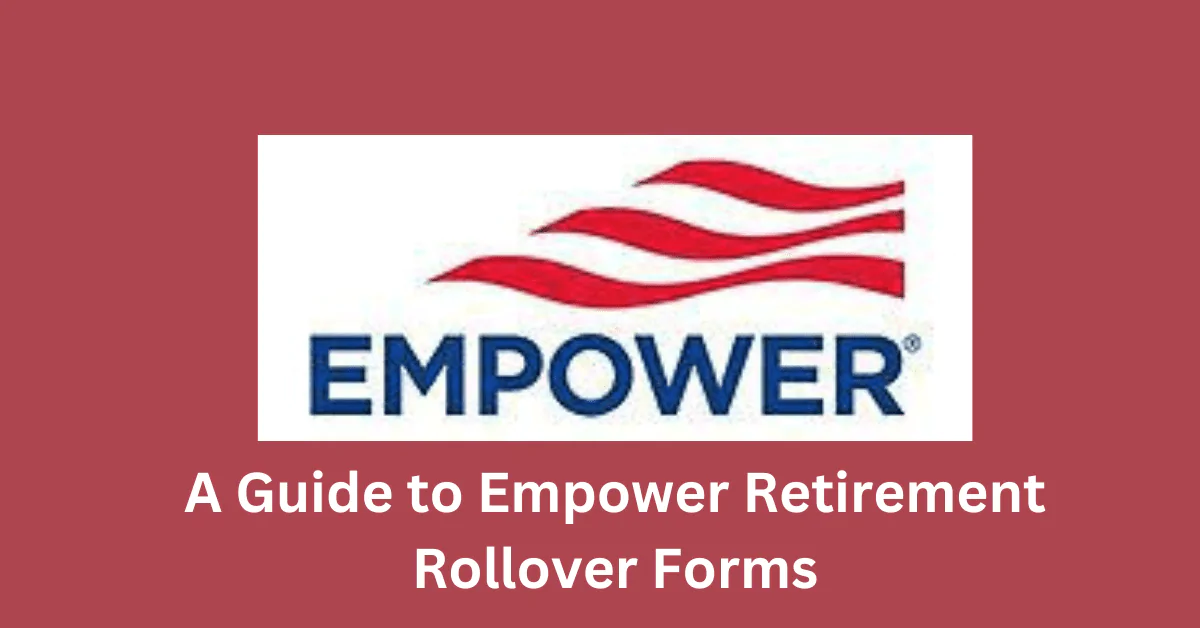Empower your financial future by understanding the intricacies of the Empower Retirement Rollover Forms. This comprehensive guide will walk you through the process, ensuring a seamless transition of your 401(k) to an IRA.

Step-by-Step Instructions for Empower Retirement Rollover Forms:
- Go to Empower Retirement‘s official website.
- Locate the Rollover Form available in PDF.
- Use pdf filler to fill out the form online.
- Refer to Empower’s guide for step-by-step instructions.
- Check IRS guidelines or consult your advisor.
- Seek additional help online or from customer service.
- Follow each step to submit the rollover form.
- Wait for confirmation from Empower.
- Review your new account and investment details.
- Consult a financial advisor for uncertainties.
- Keep a copy of the form and correspondence.
- Share your experience for continuous improvement.
- Fidelity Go: A Low-Fee Robo-Advisor
- Best 8 Retirement Accounts You Should Consider
- Best Roth IRAs for Beginners 2023: Investing
How do I know if I am eligible for a rollover?:
- Refer to IRS guidelines on rollovers to determine eligibility.
- An “eligible rollover distribution” is a lump-sum or installment payment to a participant, spouse beneficiary, or designated non-spouse beneficiary over less than ten years.
- For uncertainties, consult your financial advisor or plan administrator.
4. How to Roll Over an Empower 401(k) to an IRA:
Follow these steps for a successful rollover an Empower 401(k) to an IRA:
- Choose an IRA Provider:
- Select an existing provider or compare top IRA providers.
- Open a new account for a seamless transition.
- Submit Your Information:
- Verify your identity and authorize the transfer with Empower.
- Initiate Rollover with Empower:
- Contact Empower to express your intent for the rollover.
- Receive and Deposit the Check:
- Upon initiation, receive a check from Empower and deposit it into your new IRA account.
- Ensure Proper Fund Investment:
- After depositing funds, confirm they align with your investment preferences.
- Fidelity vs Vanguard Roth IRA: Which Is Better for You? | Investing
- 401k 2024 Contribution Limit IRS: Under SECURE Act 2.0

